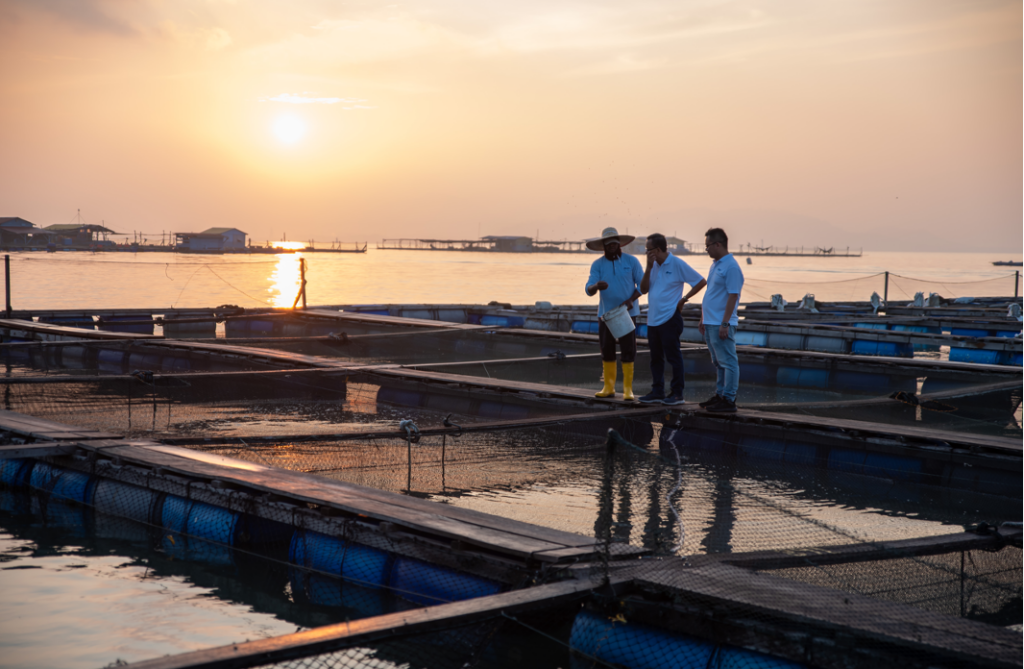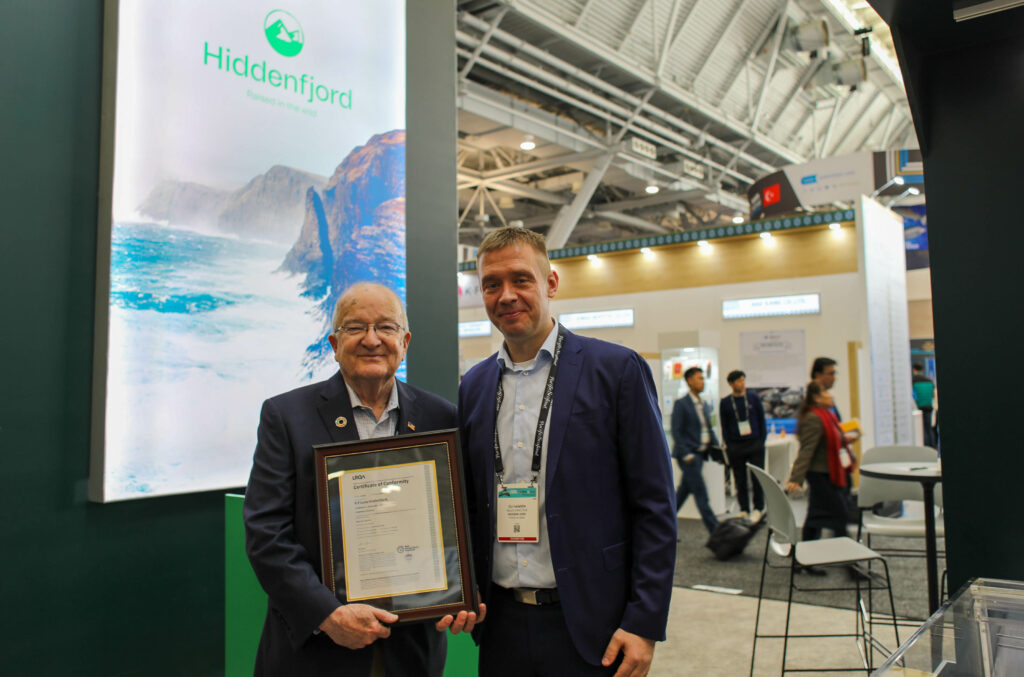On Target: Best Aquaculture Practices (BAP) Program Aims for 33% Growth in 2018
With nearly 300 certified facilities added so far this year, the Best Aquaculture Practices (BAP) third-party certification program is on target to grow approximately 33 percent in 2018, in terms of total number of certified facilities worldwide.
At the end of May, there were 2,062 BAP-certified processing plants, farms, hatcheries and feed mills in 34 countries and six continents. That’s up from 1,816 at the end of 2017.
Of the 2,062, 1,336 are farms, 409 are processing plants, 208 are hatcheries and 109 are feed mills. The 1,336 farms produce approximately 1.5 million metric tons of finfish and shellfish annually, predominately shrimp, salmon, tilapia, pangasius, catfish and mussels.
The BAP program reached a milestone in March when it surpassed the 2,000-facility mark for the first time.
BAP is the world’s most comprehensive third-party aquaculture certification program, with aquaculture standards encompassing environmental responsibility, social responsibility, food safety, animal health and welfare and traceability. It’s also the only program to cover the entire aquaculture production chain — processing plants, farms, hatcheries and feed mills.
About BAP
A division of the Global Aquaculture Alliance, Best Aquaculture Practices is an international certification program based on achievable, science-based and continuously improved performance standards for the entire aquaculture supply chain — farms, hatcheries, processing plants and feed mills — that assure healthful foods produced through environmentally and socially responsible means. BAP certification is based on independent audits that evaluate compliance with the BAP standards developed by the Global Aquaculture Alliance.




